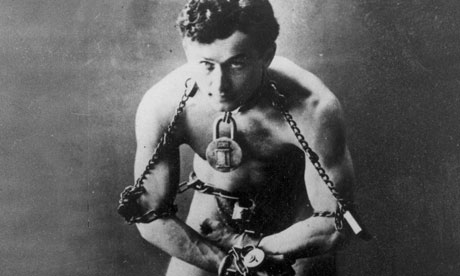Working in the Digital Age
The Merriam-Webster’s definition of blog is “a regularly updated website or web page, typically one run by an individual or small group, that is written in an informal or conversational style”. Blogs are a great tool for people to post photos and posts about things that they like and are interested in. Blogs in my opinion had a huge impact on photojournalism. Blogs enabled people to post digital images online for large groups of people to see. Tim Hetherington talks about how digital photography helped mass communication. Blogs really helped mass communication because anyone can create a blog and post photos and news so people all over can see it. Digital photographs enabled blogs to be able to show images to large groups of people quickly.
Image Source: https://support.google.com/blogger/answer/1623800?hl=en
Year: 2015
This is a photo of Blogger a popular place for people to create free blogs.
Blogs are a quick way to get information online. Creating a blog is free and it is fairy simple to maintain. Since it is very easy to put pictures and news on a blog it really had a large impact on photojournalism. As professor Nordell said in his video “news papers a becoming nonexistent”. This is because it is easy for photojournalist to put there photographs on a blog in a quick fashion. They do not have to wait for their photo to be published in a news paper, almost instantaneously they can take a digital photo and then post it to their blog and along with a story. Most people do not want to wait until the news paper comes out in the morning to see the news when they go online and look at blog and get information in almost real time. Blogs along with other online media sites are really putting a damper on the printed news paper business.
The rotogravure was a major breakthrough during the pre digital era. The definition of rotogravure is, “a printing system using a rotary press with intaglio cylinders, typically running at high speed and used for long print runs of magazines and stamps”. Professor Nordell talks about how rotogravure was used in World War I news papers could print photos using these process. Professor Nordell talked about how on Sundays they used the process to create a section of photographs that became the most looked section of the paper. He also talked about how people payed lots of money to advertise their company in this section. This process revolutionized how photos could be shown to people. This process is, "Characterized by quality halftone reproductions printed at high speed on a variety of paper stock, gravure printing allowed the newspaper industry to reproduce photographs and art work on a mass scale on inexpensive newsprint paper". It was only efficient to print lots of images because it cost a lot to do this process. It was only economically smart to use this process when lots of copies were being made.
Image Source: http://memory.loc.gov/ammem/collections/rotogravures/rotoprocess.htmlhttp:
Year:1916
This is an example of the things the rotogravure could produce.In another video Professor Nordell talks about how they used to use blimps to get photos to New York after World War I. Both the rotogravure and the creation of blogs were both huge accomplishments in there respective times. The rotogravure made it possible to print large numbers of photographs to get out to people in news papers. This was huge in mass communication. While the creation of the blog was just as big of an accomplishment. The blog made it possible to post digital images so that people can view and comment on others photos and ideas. Blogs make it possible to post things for free. It also can get photos to large masses of people quickly and easily. Photojournalists do not have to wait for anything they can just tale a photo then post it to there blog for everyone to see. Both of these accomplishments were very instrumental to mass communication and photojournalism.






